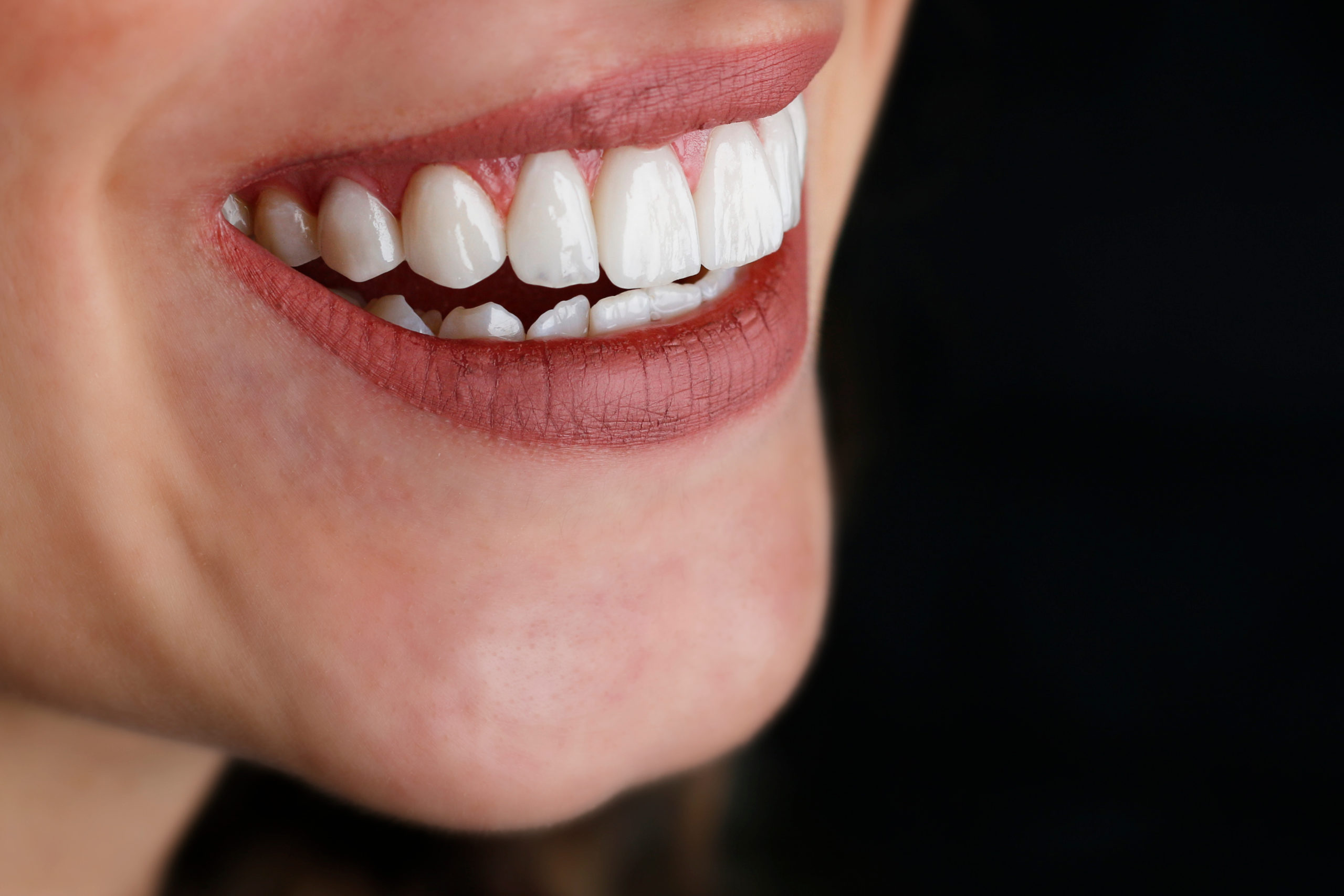If you’ve recently treated yourself to veneers, or if you’re considering getting them, it’s worth reading on how to take care of them properly. Your dentist will have briefed you during your consultations, but we’re here to remind you of the best cleaning practices for your porcelain veneers.
In this short guide, you’ll find all the information you need on how to stop your veneers from turning grey and maintain their brilliant whiteness as long as possible. Most often, it’s as simple as buying the right products to brush with and using appropriate techniques.
How to clean porcelain veneers
Cleaning your veneers is vital to their longevity. Routine upkeep with the right tools is essential. Below, you’ll find a number of ways you can clean your porcelain veneers that will give your teeth the best chance of staying as white as possible.
Perhaps you’re also wondering, “can veneers damage your real teeth?” It’s not normal for veneers to cause harm to your teeth, and with the right cleaning practices, you can ensure the good health of your real teeth and your veneers.
Use a soft-bristled toothbrush to brush your veneers
The right way to clean your veneers is with a soft-bristled toothbrush. This is because firm brushing and hard bristles can damage your porcelain veneers and may affect the glaze and dental bonding around them. Gentle motions with a soft brush is thus recommended.
A hard-bristled brush may also lead to gum irritation and a receding gum line. If this happens, it creates a small space between your veneers and your gums. Bacteria and plaque can build up in this gap, leading to tooth decay and discolouration, drastically affecting your smile’s aesthetic.
Use a non-abrasive toothpaste
You might think that no toothpaste can be harmful to teeth. After all, it’s designed to do exactly the opposite. But for people with veneers, certain ingredients in some toothpaste actually do more harm than good. Find a toothpaste with non-abrasive materials to prevent needless damage to your veneers.
Baking soda, while excellent at removing plaque from regular teeth, is too damaging an ingredient to use with veneers. Ensure you buy toothpaste that does not contain baking soda to avoid unnecessary damage to your porcelain veneers.
Use gentle motions when brushing and flossing
To ensure you clean both thoroughly and carefully, use gentle motions when you brush. A soft-bristled toothbrush is best, and a non-abrasive toothpaste completes the set. Brushing gently ensures your veneers are safe from erosion and damage and sufficiently clean and healthy.
Flossing is another critical aspect of your oral care routine, regardless of whether you have veneers or not. If you do have porcelain veneers in, take care to floss gently. This will give your veneers the best chance of remaining white while also ensuring they’re not accidentally damaged by firm and sudden flossing motions.
Use an alcohol-free mouthwash every time you brush
Non-alcoholic mouthwash is the way to go if you have veneers. This is because alcohol has the potential to damage and discolour your veneers, so it’s best to pick a mouthwash that doesn’t contain any. Using this every time you brush – twice daily – provides an exceptional finishing touch onto your oral care routine.
Also, try to avoid using coloured mouthwash. The artificial greens and blues can stain your veneers, leading to discolouration and darkening in your mouth. Using a clear, non-alcoholic mouthwash for the most radiant results is best.

